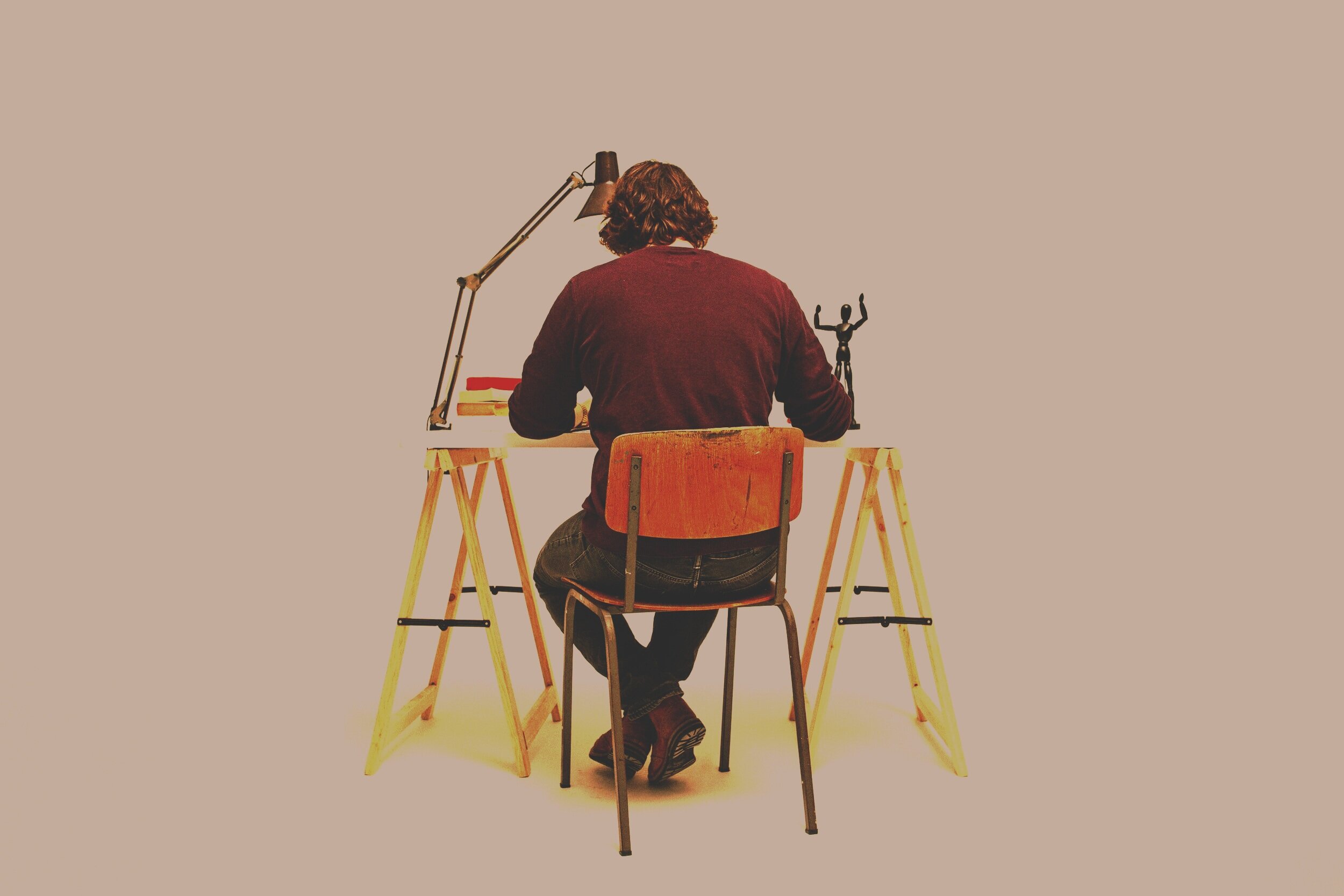Haste Makes Waste, But Not Always
As a manager, people often report to me about what they have accomplished at various points in the product development process. While I am frequently excited about the accomplishments, I am also disappointed in some cases. As I’ve examined the disappointments, I have recognized a problem that can sorely frustrate everyone involved, especially the young designer trying to do their best, but failing to impress.
The problem is the real and often hidden dichotomy between “haste makes waste,” and “analysis paralysis”[1, 2]. Said differently, it is the dichotomy between spending too little time on something, and spending too much time. Failing to consistently strike a careful balance between these two extremes is often the root cause of falling short for young designers [3].
This dichotomy is also one of the wedges that’s been driven deep between the design and engineering communities. Generally speaking, the design community often favors quick and dirty prototypes that are used to rapidly iterate toward a desirable solution, while the engineering community often favors a slower deeper analysis of the situation which is centered more heavily on predictive modeling.
Neither extreme is universally good. Thus it is beneficial for design engineers to understand both extremes and make thoughtful choices about where to be on the spectrum and when. Like most things, there is no set formula for this.
Things to Practice
Striking a balance is a matter of skill, which can be learned by practicing the following:
Always understand the purpose of a milestone from the stakeholder’s perspective. If there are multiple purposes, try to understand the relative importance of the different purposes, so appropriate tradeoffs can be made as you proceed toward the milestone.
Understand what a good, better, and best achievement of the milestone looks like to the stakeholders [4].
Understand how often you can ask for stakeholder feedback, then seek focused meaningful feedback using the least amount of stakeholder time as possible [5, 6].
Seek feedback that will help you discover what you don’t yet know about the milestone and your path to achieve it [7].
Choose the least costly design activities (in terms of time and/or money) that are most likely to achieve the milestone.
Plan for activities to take 3 times longer than you imagine they will take.
Have an approach to know if you have successfully reached the milestone or not [8].
Be okay shooting for the “better” achievement level and allowing yourself to tone down, or amp up to the good or best levels, respectively [4].
An underlying enabler of items 1-4 is meaningful communication between designer and stakeholder/client. To be a good communicator, be proactive (don’t wait to be asked), be prepared (know what you need, then be focused about getting it), be a listener (listen to learn, listen to everything), be observant to body language, and be open to feedback you were not expecting. In this way, items 1-4 are outward oriented.
Items 5-8 are inward oriented, as they focus on the designer’s approach to the design process [9]. To have a good approach, be thoughtful. Do things for a reason, know what that reason is, and why it matters. Be open to adjusting your approach when new information is learned. Make sure your selected design activities have high likelihood of reaching the milestone within the allotted time.
Final Thoughts
Whether you find yourself wasting time and resources because of your haste, or stuck in the molasses of endless analysis, force yourself to see the value of the opposite side. Let go of what’s keeping you tied to your current ways, and try the opposite. This will be uncomfortable but important as you build skill and experience in spending just the right amount of time reaching those milestones.
References
[1] L. Langfeldt, “Haste Makes Waste or Paralysis Through Analysis: Finding the Middle Ground,” Villing & Co, August 2010, https://villing.com/articles/middle-ground/, accessed 15 December 2020.
[2] D. Berkus, “Haste Makes Waste, but to Lag is to Sag,” SmallBizClub, September 2017, https://smallbizclub.com/leadership/strategic-planning/haste-makes-waste-lag-sag/, accessed 15 December 2020.
[3] M. Favretti, “Haste Makes Waste, or Slow Down to Save Time: Self-Control and Equity in Design Thinking,” DesigEd 4 Resilience, December 2019, https://www.designed4resilience.org/post/haste-makes-waste-or-slow-down-to-save-time-self-control-and-equity-in-design-thinking, accessed 15 December 2020.
[4] C. Mattson, “A Good-Better-Best Framework for Design,” The BYU Design Review, September 2020, https://www.designreview.byu.edu/collections/a-good-better-best-framework-for-design, accessed 15 December 2020.
[5] C. Mattson, “Ambiguity and Design Freedom,” The BYU Design Review, November 2019, https://www.designreview.byu.edu/collections/ambiguity-and-design-freedom, accessed 15 December 2020.
[6] C. Mattson, “Two Dramatically Different Approaches to Design: From the Art of Innovation,” The BYU Design Review, May 2020, https://www.designreview.byu.edu/collections/two-dramatically-different-approaches-to-design-from-the-art-of-innovation, accessed 15 December 2020.
[7] B. Sargent, “Embracing Failure: Your Design Mentor,” The BYU Design Review, January 2020, https://www.designreview.byu.edu/collections/embracing-failure-your-design-mentor, accessed 15 December 2020.
[8] C. Mattson, “Sharing your Design Work,” The BYU Design Review, April 2020, https://www.designreview.byu.edu/collections/sharing-your-design-worknbsp, accessed 15 December 2020.
[9] J. Reddick, “‘Haste Makes Waste’ Is Still True Today,” Western Pennsylvania Healthcare News, April 2012, https://www.wphealthcarenews.com/haste-makes-waste-is-still-true-today/?__cf_chl_jschl_tk__=d0d3746bd77740e2bc33c9f40da020f3b581621d-1607965885-0-AevNQKLR6csgFr24z9DSp2Q0vffcVOXbm5fftZDj8SUP7QFlO-hJoz_FWIR3oaCHQsYQCI6xfgOGSTbSdhemVPVm0hubs877-94tIqh4CoFLo, accessed 15 December 2020.
To cite this article:
Mattson, Chris. “Haste Makes Waste, But Not Always.” The BYU Design Review, 15 Dec. 2020, https://www.designreview.byu.edu/collections/haste-makes-waste-but-not-always.





